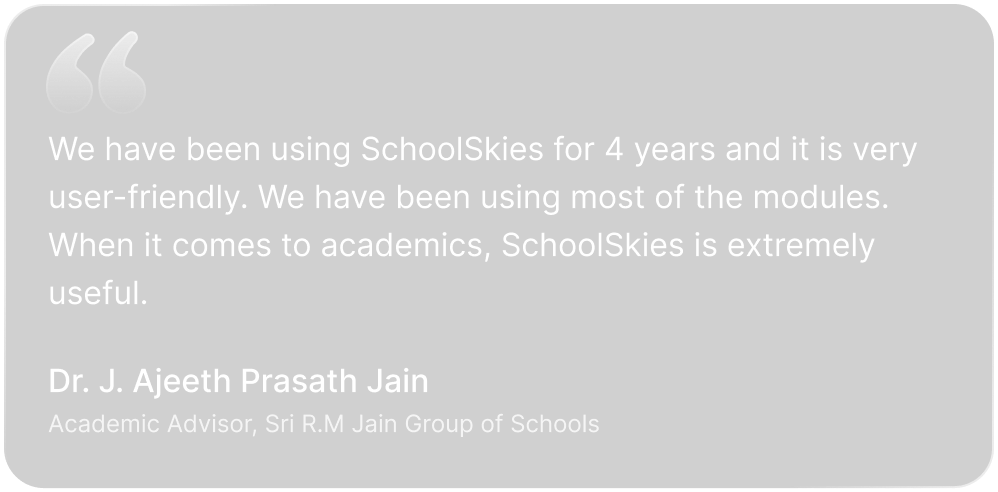Start Your Free
Trial Now


In the digital age, data has become an invaluable resource, transforming various industries, and education is no exception. The shift towards data-driven decision-making has ushered in a new era, empowering educators, administrators, and policymakers to make informed choices that positively impact student outcomes. In this blog post, we explore the profound impact of data-driven decision-making in education and how it is shaping the future of learning.
Data-driven decision-making allows educators to analyze student performance metrics, identify trends, and tailor instructional strategies accordingly. By understanding individual learning needs, teachers can personalize their approaches, ensuring that each student receives targeted support to maximize their academic potential.
One of the key benefits of data-driven decision-making is the ability to identify students who may be at risk of falling behind. By analyzing performance data and attendance patterns, educators can implement early intervention strategies, providing additional support to help struggling students before academic challenges become insurmountable.
Analyzing data on student performance and engagement provides valuable insights into the effectiveness of curriculum materials and instructional methods. Schools can use this information to enhance and align their curriculum, ensuring that it meets the evolving needs of students and remains relevant in an ever-changing educational landscape.
Data-driven decision-making extends to resource allocation and optimization. Schools can analyze data to determine the most effective use of resources, whether it's allocating teaching staff, classroom space, or technology tools. This optimization contributes to a more efficient and cost-effective educational environment.
Educational leaders can use data analytics to track and assess overall school performance. From graduation rates to standardized test scores, analyzing comprehensive data sets allows administrators to identify areas of strength and areas for improvement. This holistic view enables strategic planning for continuous school enhancement.
Data-driven decision-making also extends to communication with parents. Schools can share data on student progress, attendance, and engagement, fostering a collaborative relationship between educators and parents. Informed parents are better equipped to support their child's learning journey at home.
Educational institutions often face regulatory and reporting requirements. Data-driven decision-making simplifies compliance by providing accurate and timely data for reporting purposes. This ensures that schools meet regulatory standards and can focus on delivering quality education.
Embracing data-driven decision-making fosters a culture of continuous improvement within educational institutions. By regularly reviewing data, setting goals, and refining strategies based on evidence, schools create an environment that is adaptive, responsive, and committed to providing the best possible learning experience for students.
Ultimately, the impact of data-driven decision-making extends to the students themselves. By leveraging insights from data analytics, schools can adapt their practices to better prepare students for the demands of the future workforce, equipping them with the skills and knowledge needed to thrive in a rapidly changing world.
Data-driven decision-making is not merely a trend; it is a transformative approach that empowers educators, administrators, and policymakers to navigate the complexities of education with precision and purpose. As technology continues to advance, the role of data in shaping the future of learning will only become more pronounced. Embracing this paradigm shift ensures that education remains a dynamic, responsive, and evolving force, dedicated to unlocking the full potential of every student.